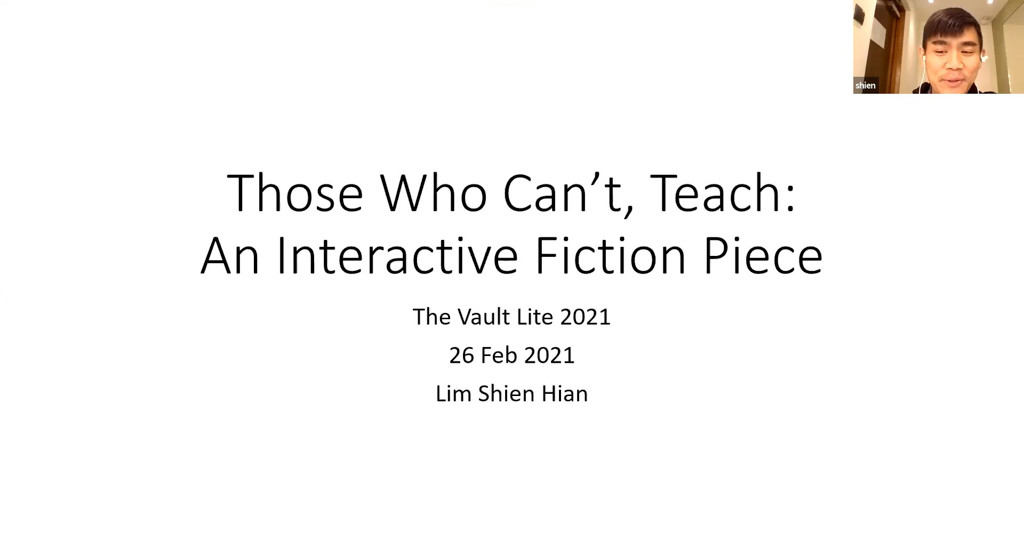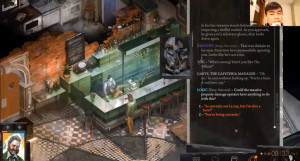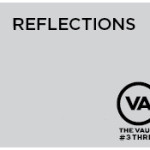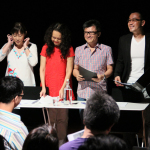
Shien presenting his findings and re-imaginings of Those Who Can’t, Teach at our The Vault Lite: A Whole New World? Arist-in-Residence Sharing
I’ve always been quite interested to explore what sets theatre apart from other media, especially film to which it is usually compared and put against – if you have 2 hours to entertain yourself on a weekend, would you rather watch a play or watch a film? And when cost comes into the picture, plays usually cost more (sometimes much more) than a movie does. Why, then, do we still want to sit in the theatre and watch a play?
I didn’t come up with an answer to that question, but rather, went in the opposite direction of answering that question – I thought of another competing demand for our time, in the form of a game. Or, more specifically, a piece of interactive fiction. In the context of The Vault and C42’s work to champion local theatre, I took up the opportunity to explore transmitting the story of Haresh Sharma’s Those Who Can’t, Teach through interactive fiction (which I thought was fitting given the rash of digital theatre performances that have sprouted up in these Covid times).
The idea to create a piece of interactive fiction came first, and I had a lofty idea to create something like the game Disco Elysium. I even asked friends if they could help with the coding. But as I created my first mockup (on PowerPoint, a rudimentary but good enough replacement for coding), I realized that the crux of this shouldn’t be about the medium, but rather the message. The format of interactive fiction, although not super widespread, is not completely unheard of either – most Netflix fans would have at least heard of Bandersnatch, if not played it. But, what was special about this project was translating a well-loved local play into a format that no play had ever taken before. And given the peculiarities of this format, how would the same sentiments be able to be conveyed?
It was then I took a step back from focusing on polishing the end product, and really got down to thinking about how the scenes would need to be rewritten to bring out Su Lin’s dilemmas as a teacher and the struggle with online teaching during Covid. I was particularly inspired by the game Life Is Strange, where (no spoilers) the player feels a great sense of agency by affecting the outcome of other characters in the game. So, I accepted the unpolished nature of the PowerPoint mockup in favour of looking at the scenes more closely, taking a change in direction to do justice to the play and the absolutely heartbreaking and heartwarming moments that Those Who Can’t, Teach brought to us.
I may not have gotten any more clarity as to what sets theatre apart from other media, but this was a great exercise in storytelling, which, after all, is fundamental to any good piece of theatre, isn’t it?
Lim Shien Hian, Reflections on Those Who Can’t, Teach: An Interactive Fiction Piece
Those Who Can’t, Teach: An Interactive Fiction Piece by Lim Shien Hian was developed under The Vault Lite: A Whole New World in respond to Haresh Sharma’s play, Those Who Can’t, Teach. This edition of The Vault: Lite ran from January to February 2021. Find out more about The Vault: Lite and Shien Hian’s work here.






